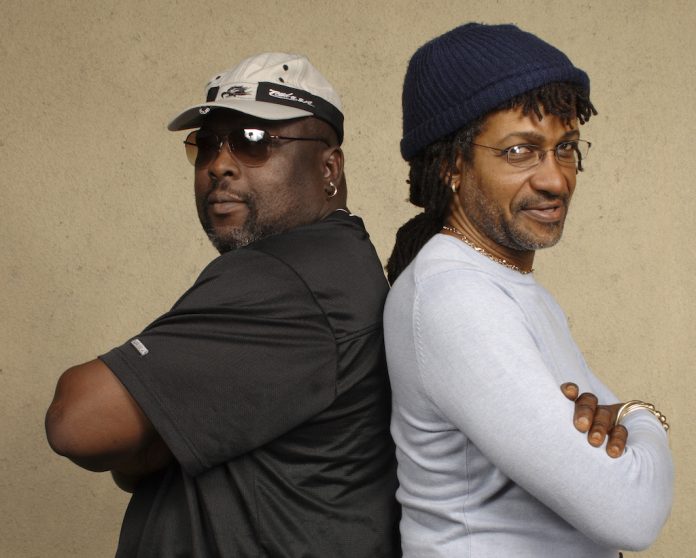Dub reggae has come a long way since it was first created by deejays and producers in Jamaica half a century ago. Their early drum and bass heavy sound sculptures have been an enduring influence on practically every genre of contemporary music since.
The reverberating trip-hop music made by stadium packing acts such as Massive Attack and Fat Freddy’s Drop, owes a huge debt to the dub plates first used by sound system DJs in 1970s Jamaica.
Dub Side of the Moon, a dub reggae take on Pink Floyd’s prog classic, has never been out of print since it was released by the Easy Star All-Stars in 1973. Even obscure folk music has been given the dub treatment – search out Cornish folk trio Bagas Degol’s Party Like It’s 1399 on the internet if you don’t believe it.
But dub has perhaps reached its apotheosis with Nordub, a collaboration between dub’s foremost Jamaican rhythm section, drummer Sly Dunbar and bassist Robbie Shakespeare, and Nordic art jazz aesthetes, trumpeter Nils Petter Molvaer and electric guitarist Eivind Aarset. The super group headline at Ronnie Scott’s club in London on April 1 & 2.
The genesis and early development of dub is hard to document largely because it began as a live music scene. However, Kingston sound-system owner Ruddy Redwood is generally credited with having launched dub reggae music in 1968 when he accidentally played the Paragon’s Treasure Island hit, “On the Beach”, not realising the hastily pressed single was missing its vocal track.
The art of producers like Pablo, Perry and King Tubby was not so far removed from that of modern jazz players. They transformed the sound of standards in real time, frequently using top flight musicians who came from the jazz world.
The combination of its novelty and hard-hitting sound heard through a powerful PA led dancehalls across Jamaica to feature more so-called song “versions”.
Their popularity was heightened further when DJ/producers like King Tubby and Lee Perry started to remix previously recorded song “versions”, using tape-echo units to emphasise drum and bass sounds.
The form evolved further when DJs or “toasters” were brought in to chant out an improvised top-line lyric, frequently unrelated to the underlying original song. Like many after him, the pioneering dub reggae vocalist U Roy made his name with improvised talk overs that celebrate the Rastafarian faith.
Dub-reggae long players followed and many are now collectors’ items. In his book Solid Foundation (An Oral History of Reggae), David Katz says Java Java Java by co-producers Clive Chin and Errol Thompson was one of the first dub albums: “Thompson keeps the bass at the top of the mix, shuffling in reverb-treated keyboards, guitar, horns and the odd snatch of vocals and melodica”.
It’s a psychedelic sound palette that went on to be used in classic 70s recordings such as Augustus Pablo’s East of the River Nile and Lee “Scratch” Perry’s majestic Super Ape (both of which are still in print).
The art of producers like Pablo, Perry and King Tubby (real name Osbourne Ruddock) was not so far removed from that of modern jazz players. They transformed the sound of standards in real time, frequently using top flight musicians who came from the jazz world.
It could explain why Sly & Robbie Meet Nils Petter Molvær, featuring Eivind Aarset and Vladislav Delay (OKeh) was one of last year’s surprise hits with jazz critics.
















